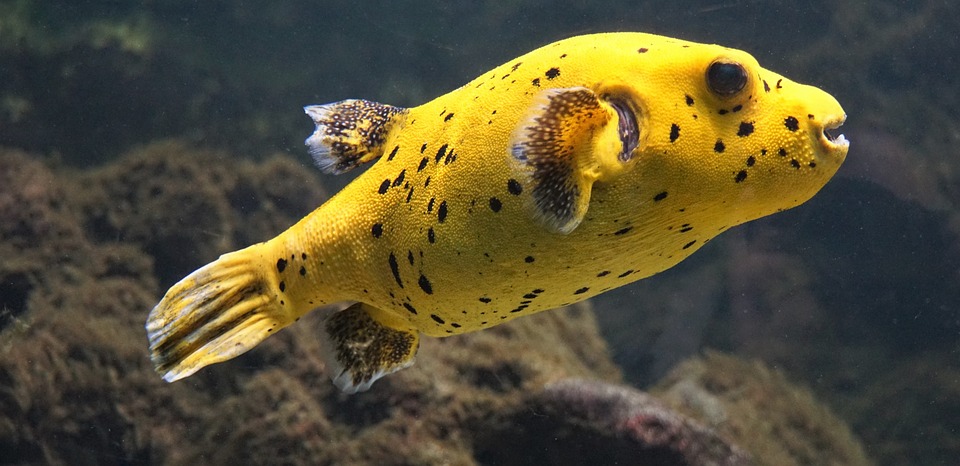Fish behavior is a fascinating field of study that can provide valuable insights for both recreational anglers and marine biologists alike. By understanding fish behavior, we can improve our chances of successful fishing trips and contribute to the conservation of fish populations. In this article, we will explore the importance of fish behavior, techniques for observing and diagnosing behaviors, and answer some frequently asked questions.
Fish behavior plays a crucial role in their survival and reproduction. Understanding their behavior can help us identify feeding patterns, locate suitable habitats, and predict their movements. This knowledge is essential for sustainable fishing practices and conservation efforts. By observing fish behavior, we can also gain insights into their health and well-being.
There are several techniques available for observing fish behavior. Underwater cameras provide a non-invasive way to observe fish without disturbing their natural environment. This technology provides valuable footage that can be analyzed later for specific behaviors. Diving and snorkeling allow for a more immersive observation experience, particularly effective when studying smaller fish species or those inhabiting shallow waters. Fish tagging with electronic devices enables researchers to track their movements, migratory patterns, and behavior over extended periods. This technique provides valuable data on fish behavior in different seasons and locations. Satellite imagery and remote sensing can help identify large-scale fish behavior, such as migration routes or aggregation patterns, which is especially useful for studying pelagic species.
Diagnosing fish behavior involves observing and understanding various aspects of their behavior. By understanding what, when, and how fish eat, we can increase our chances of successful fishing. Observing feeding behavior, such as surface feeding, bottom feeding, or predatory tactics, allows us to adjust our bait and techniques accordingly. Fish often exhibit social behavior, and observing schooling behavior, territorial displays, or courtship rituals provides insights into their reproductive strategies and social structures. By observing fish swimming patterns, we can determine their preferred habitats and migratory routes. Some fish species may exhibit predictable daily or seasonal movements, which can guide us in locating them. Understanding how fish respond to environmental factors such as temperature, light, or water quality helps us predict their behavior. For example, many fish species are more active during dawn and dusk or seek shelter in specific water conditions.
Understanding fish behavior is an ongoing process that requires patience and dedication. It can take several observations over extended periods to draw accurate conclusions about their behavior patterns. Fish behavior can be influenced by various external factors, including changes in habitat, water temperature, food availability, and predation pressure. Environmental disturbances or human activities can also impact fish behavior.
Understanding fish behavior can contribute to conservation efforts in several ways. By developing sustainable fishing practices that minimize harm to fish populations, we can help preserve their numbers. Additionally, studying fish behavior can help identify critical habitats and inform conservation strategies to protect vulnerable species.
When observing fish behavior, it is important to minimize disturbance to fish and their habitats. Avoid touching or chasing fish, and ensure that observation techniques do not harm or stress them. Always prioritize the well-being of the fish and their environment.
In conclusion, understanding fish behavior is essential for both anglers and marine biologists. By utilizing various observation techniques and diagnosing their behavior patterns, we can improve our fishing success, contribute to conservation efforts, and gain a deeper appreciation for the intricate lives of these underwater creatures.









